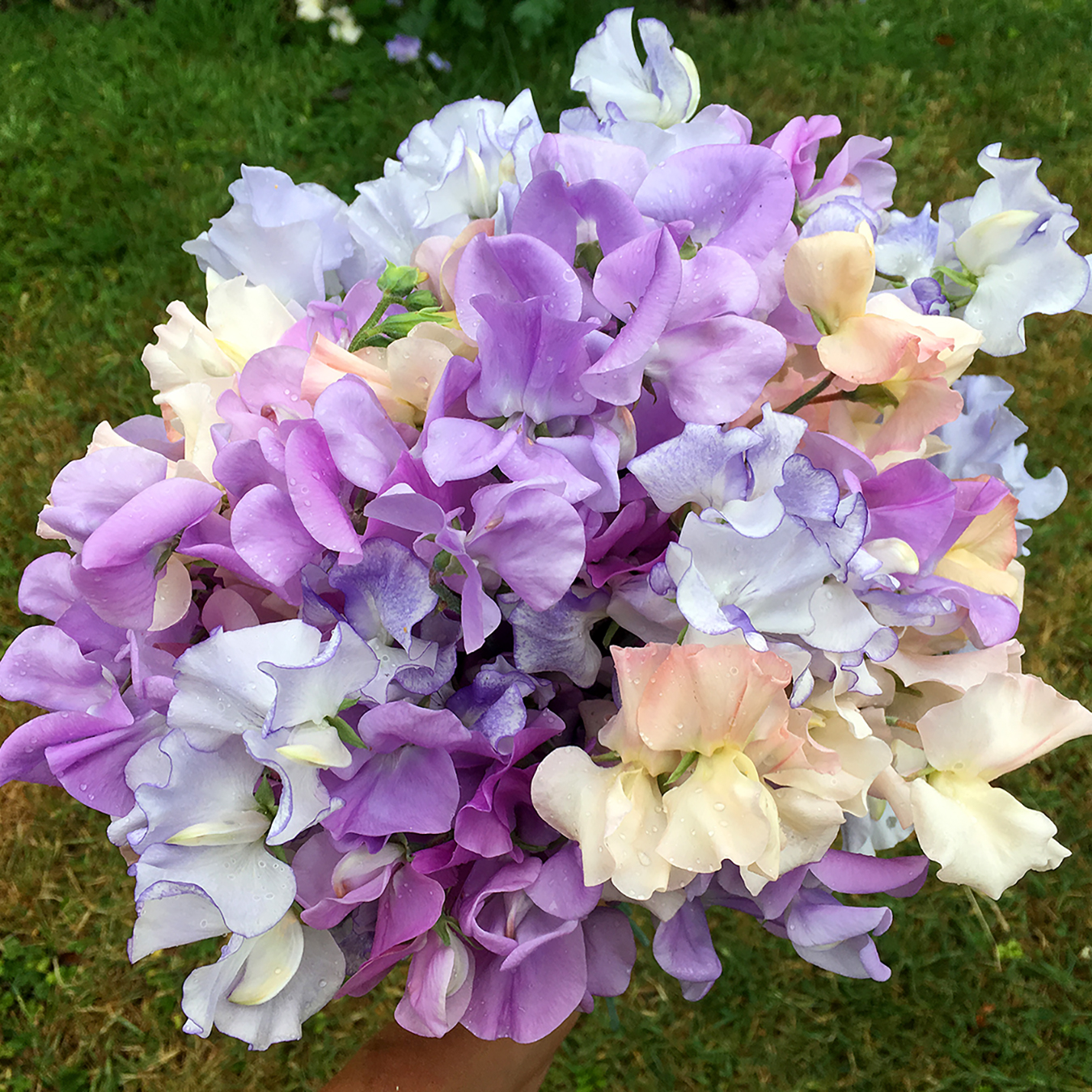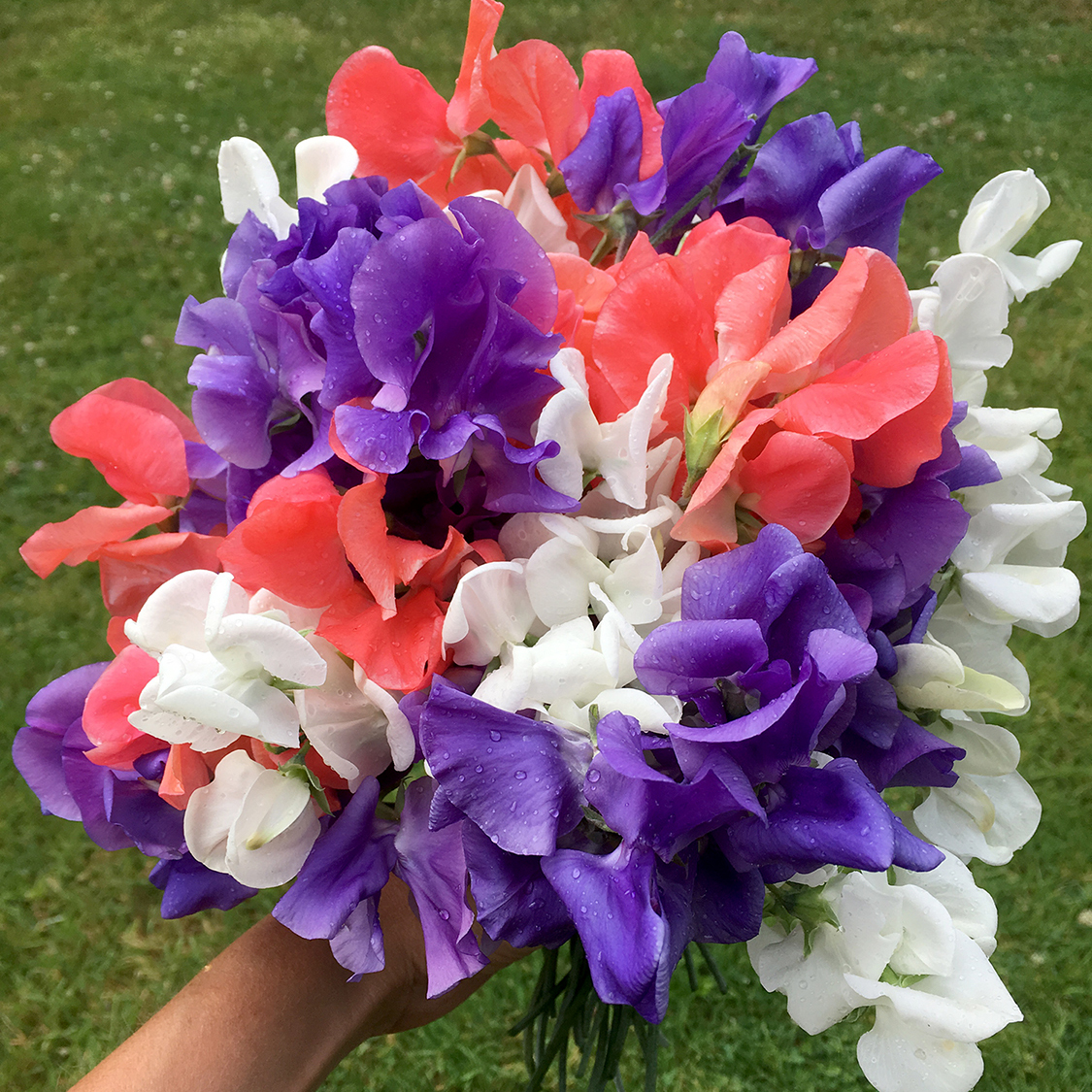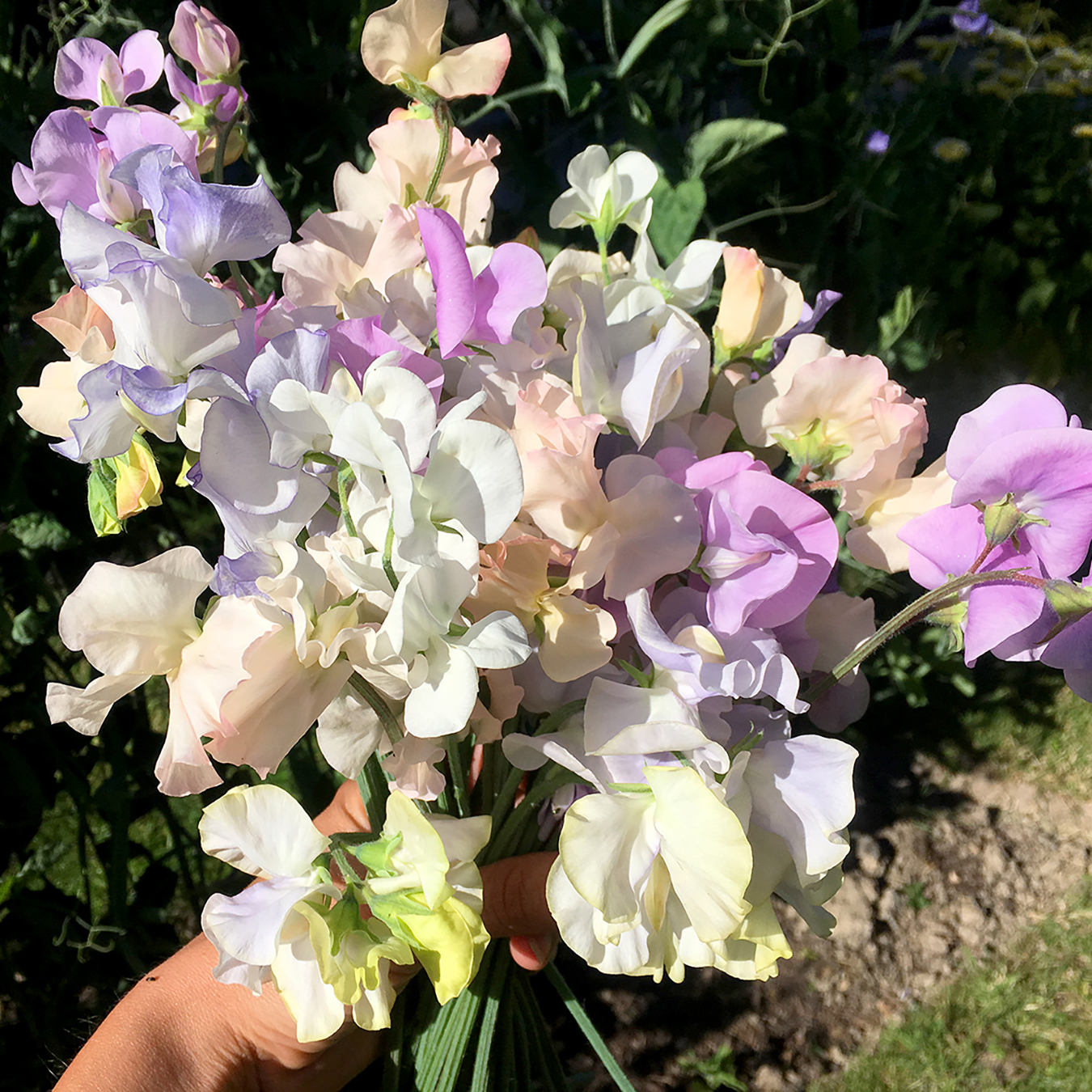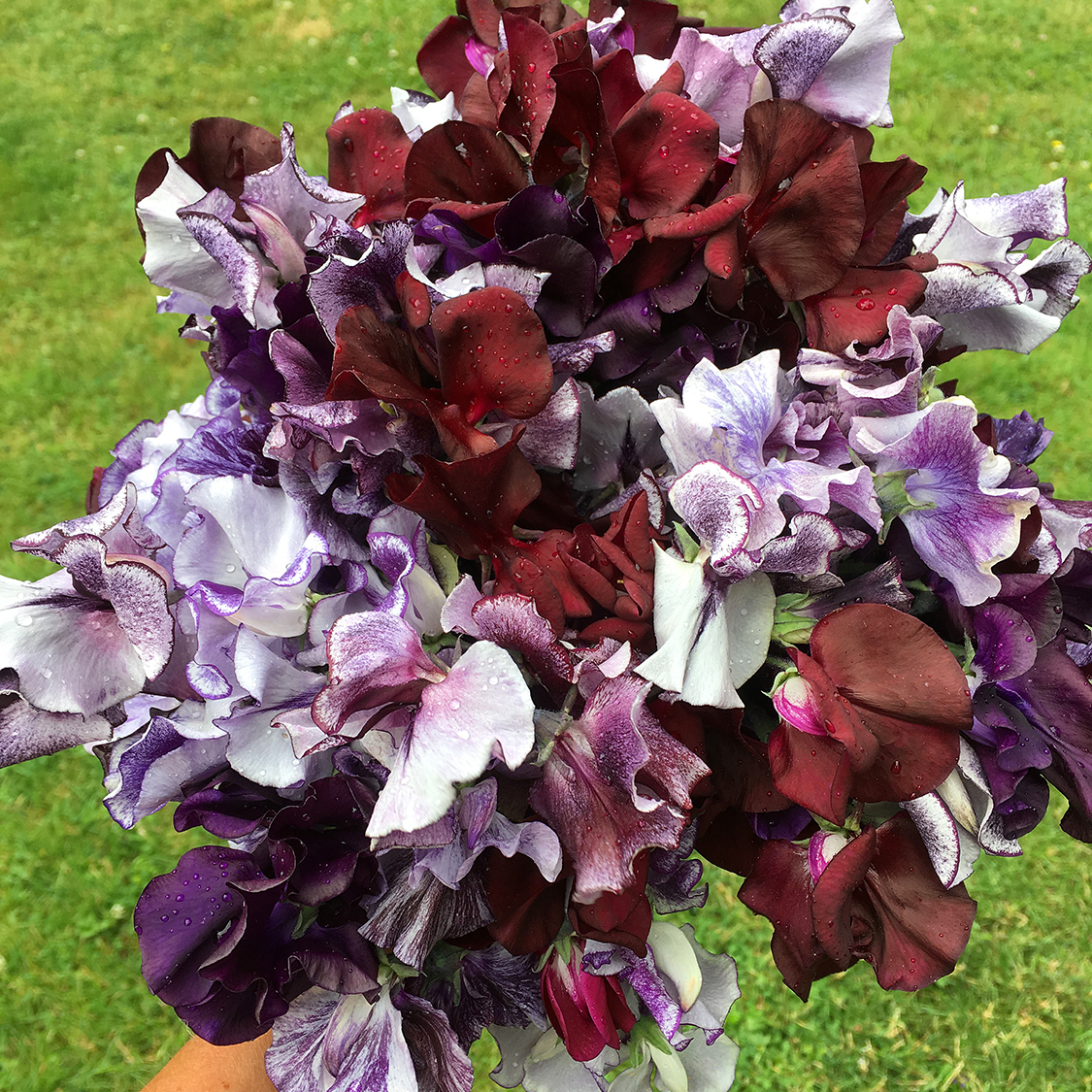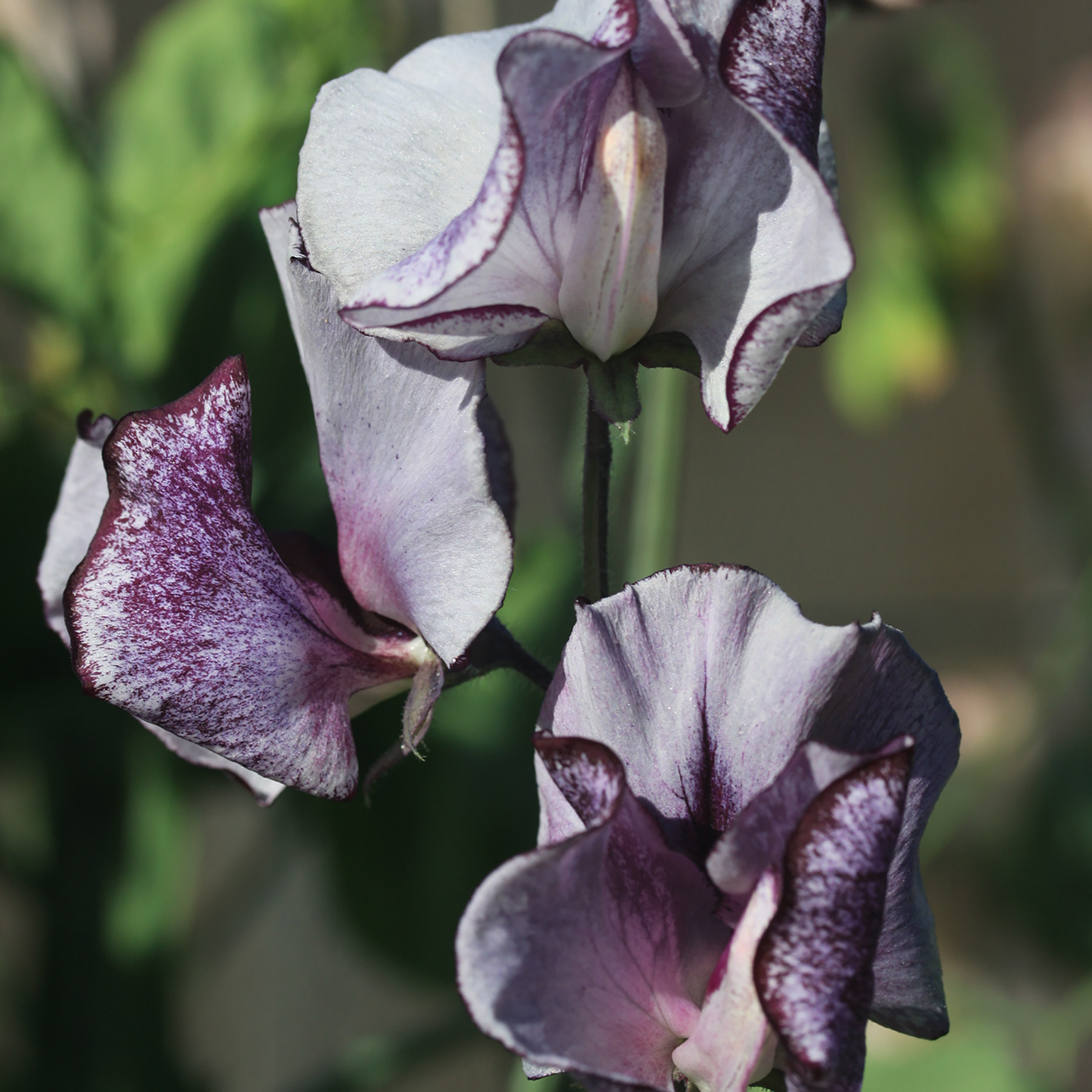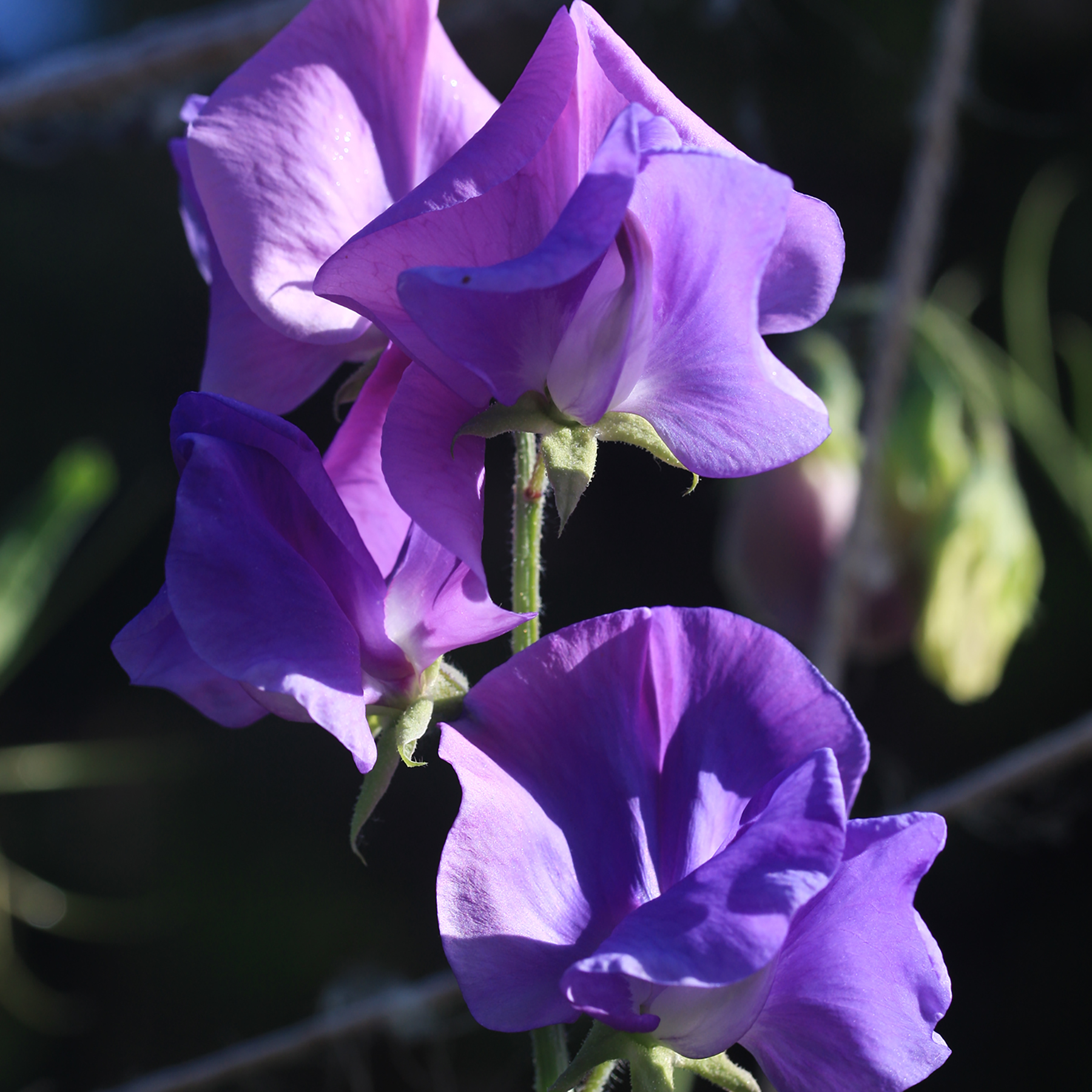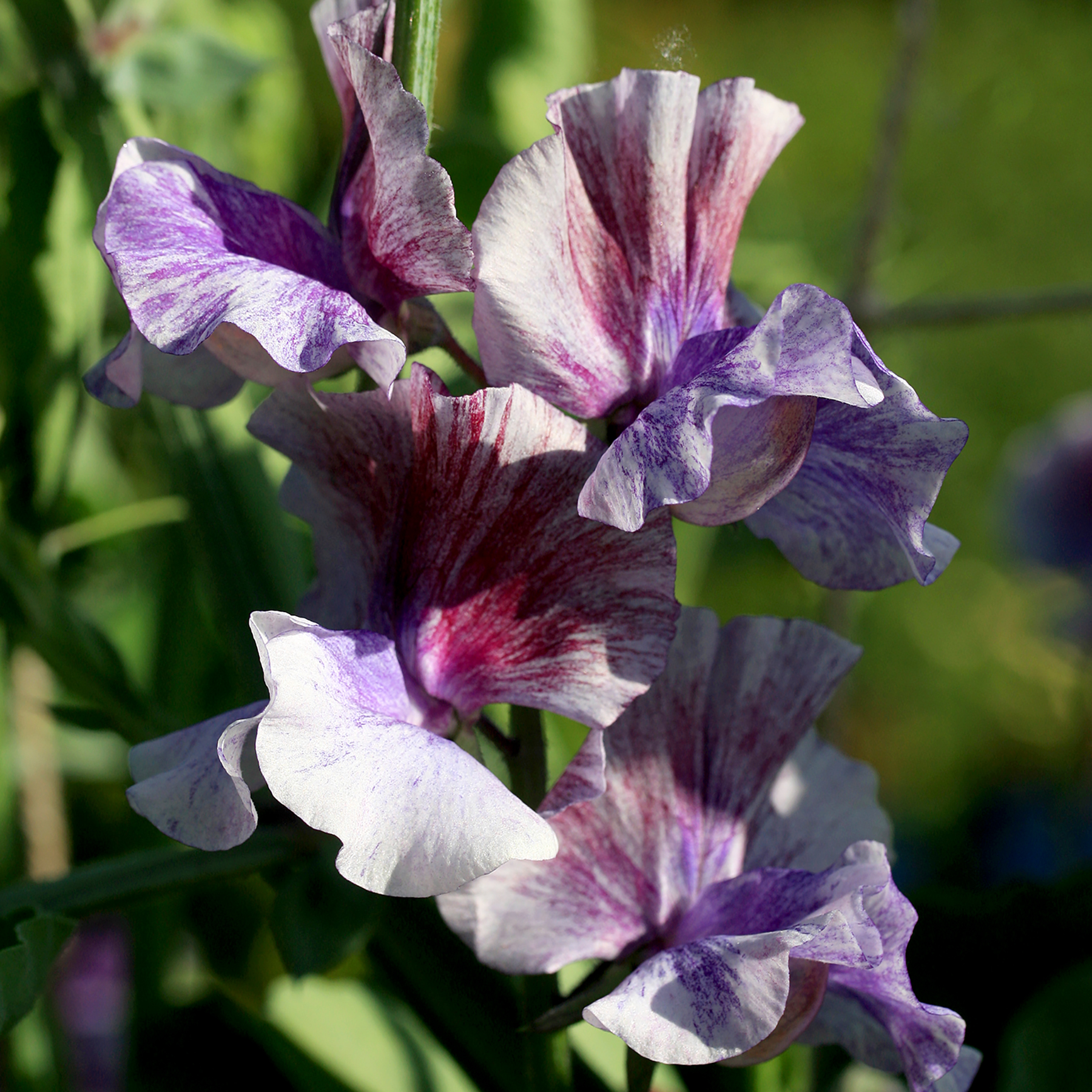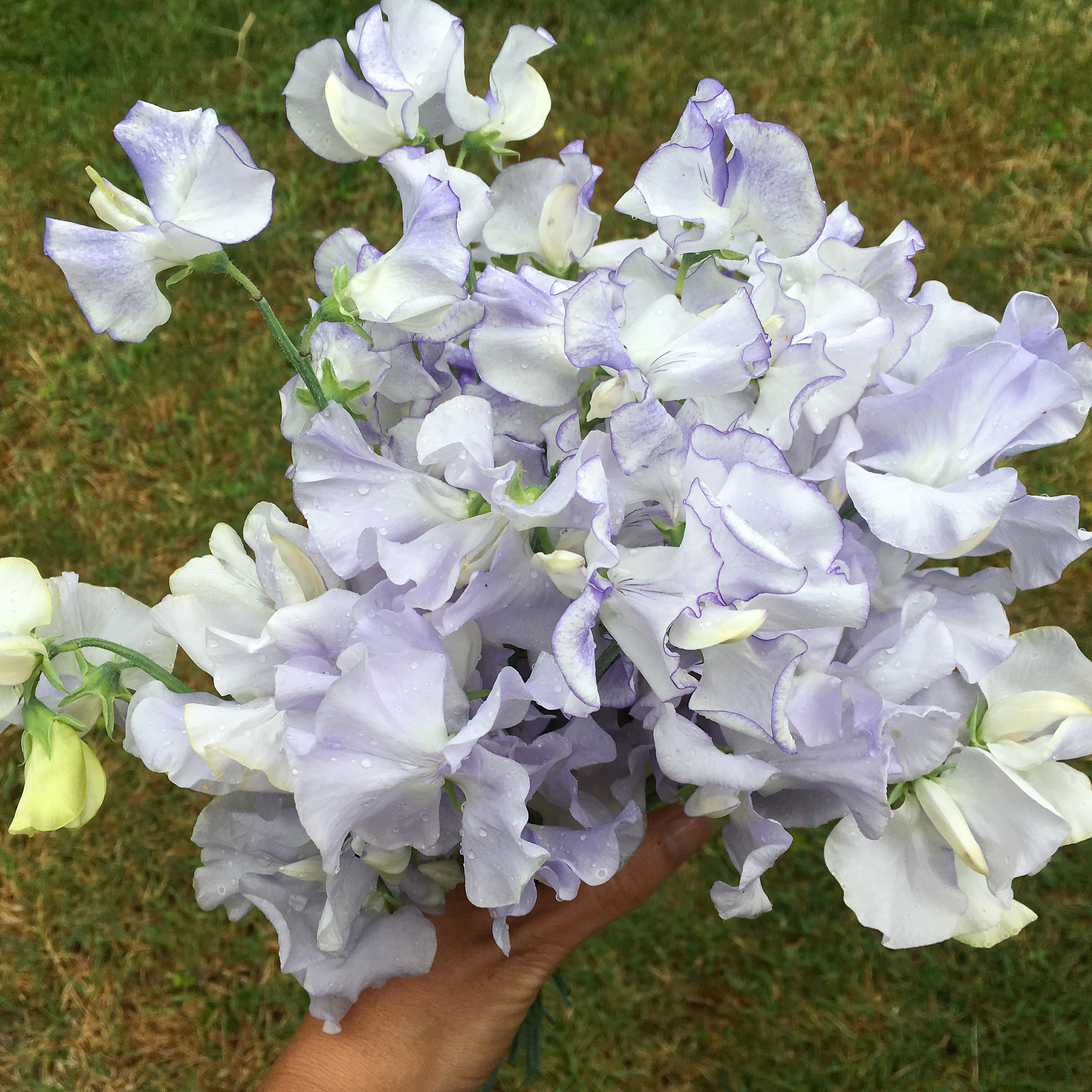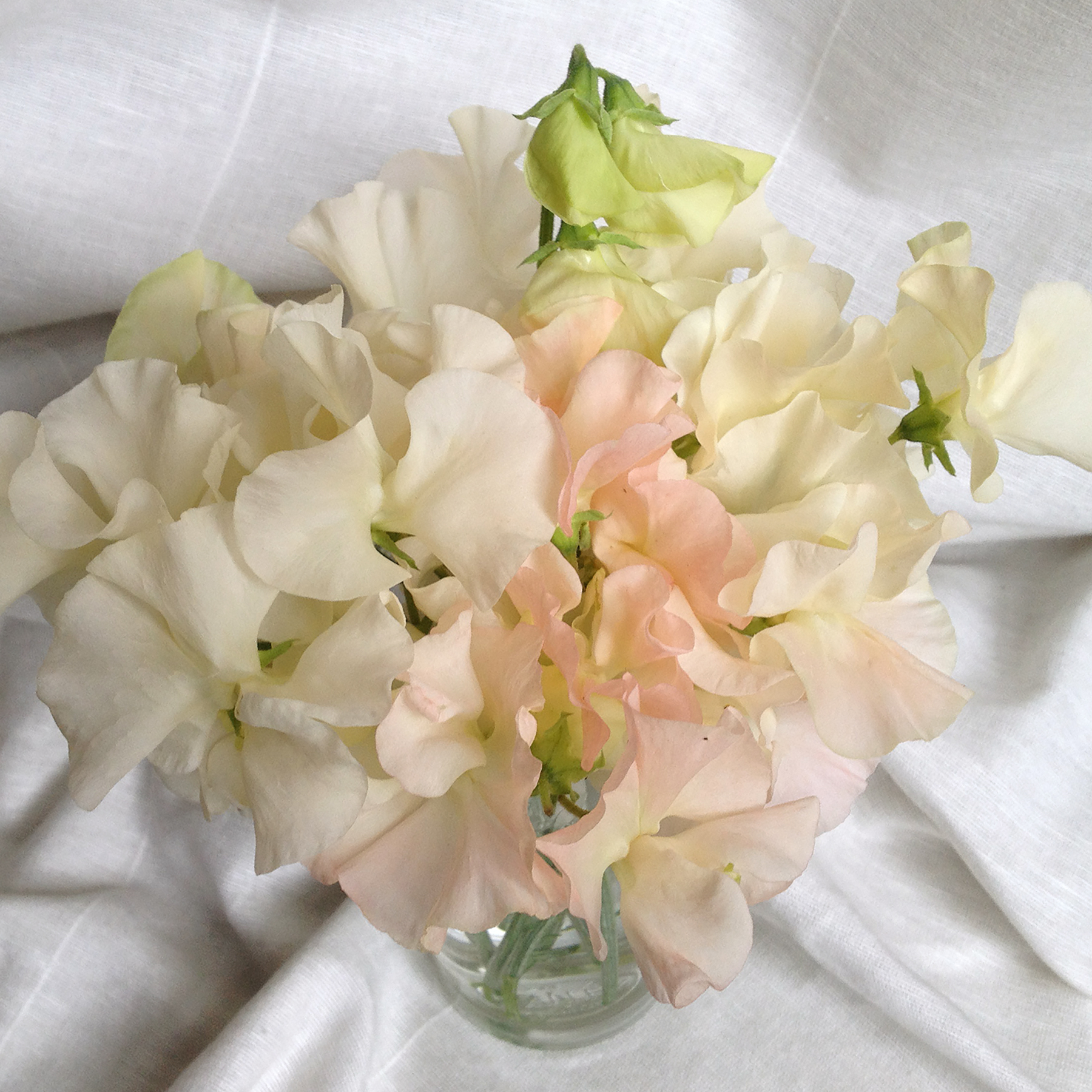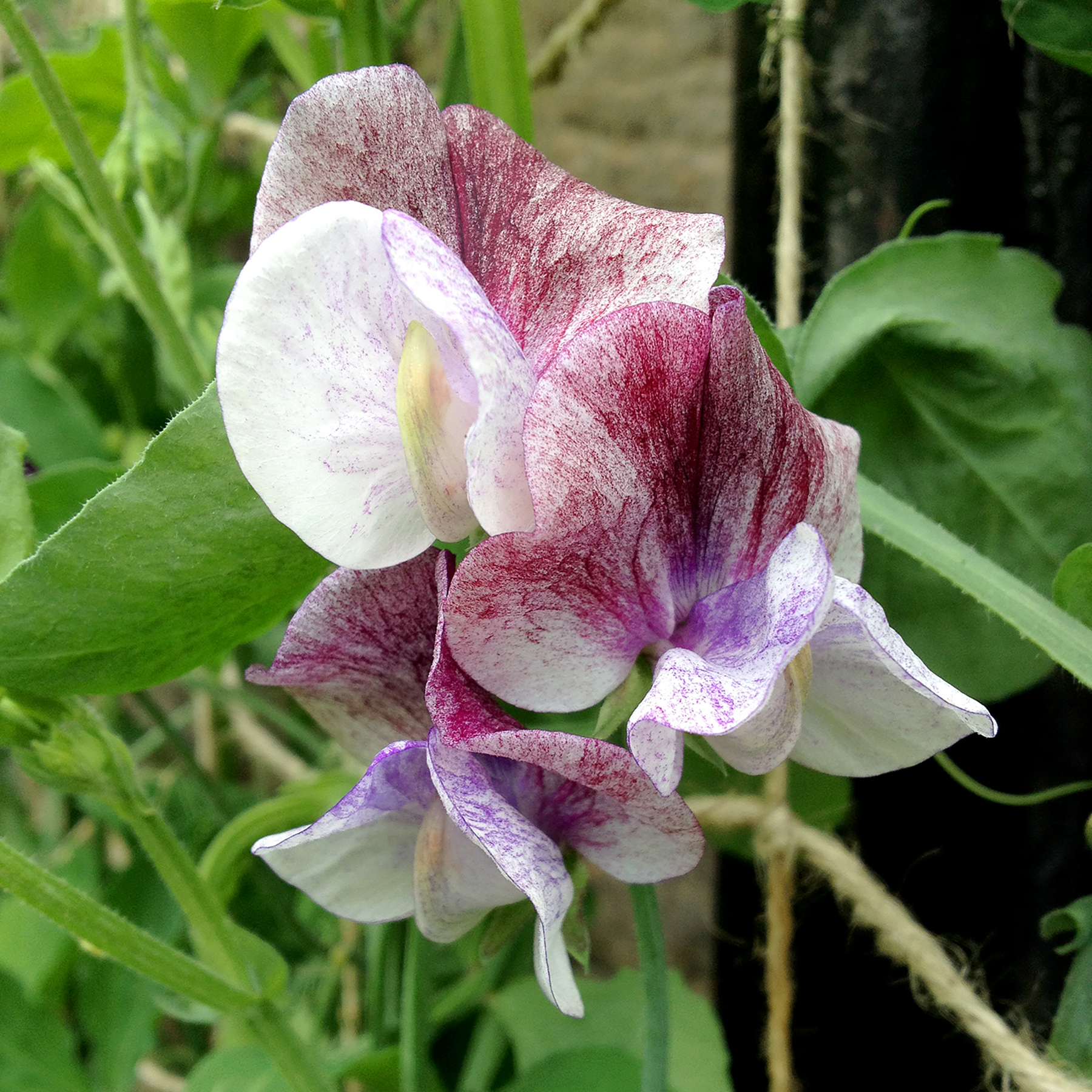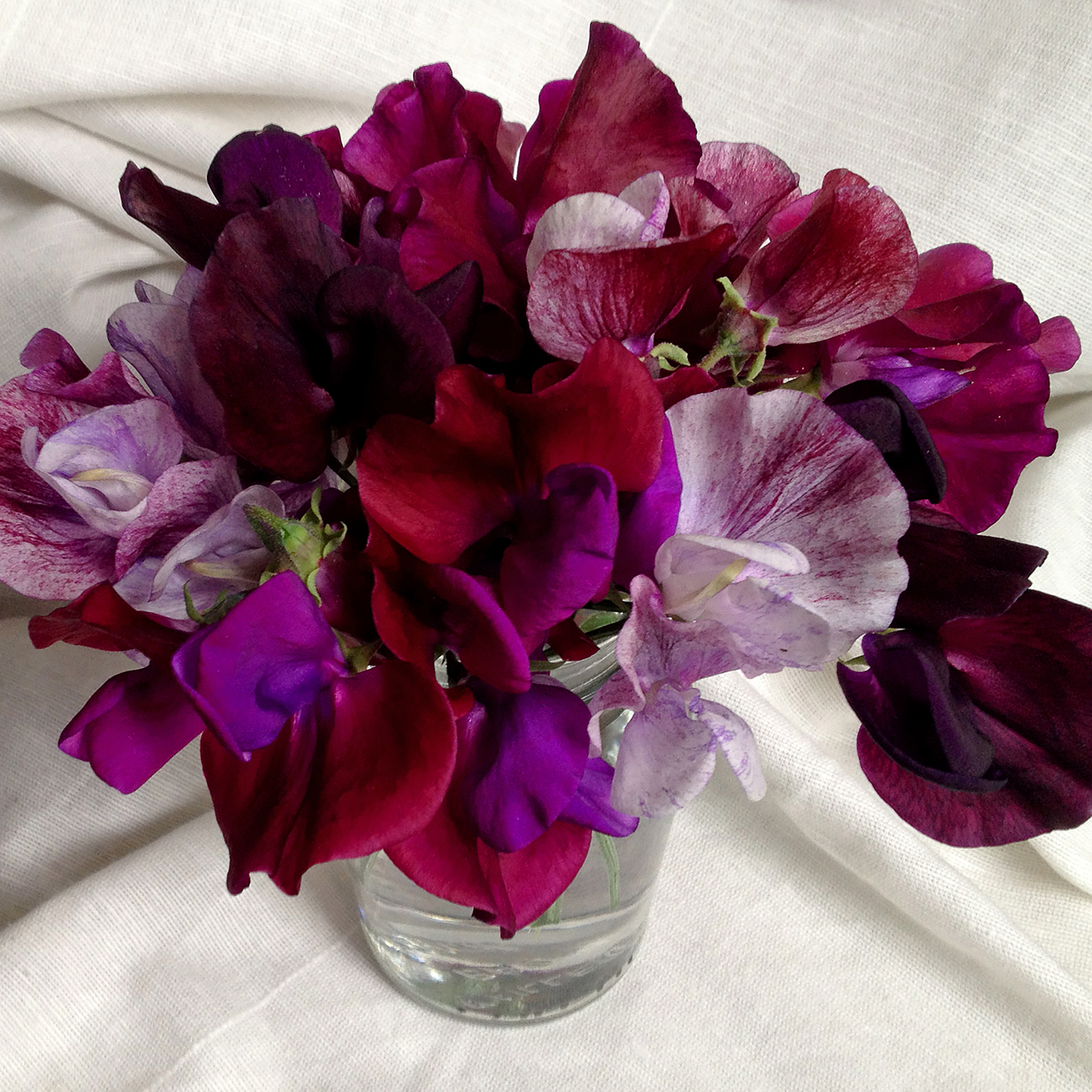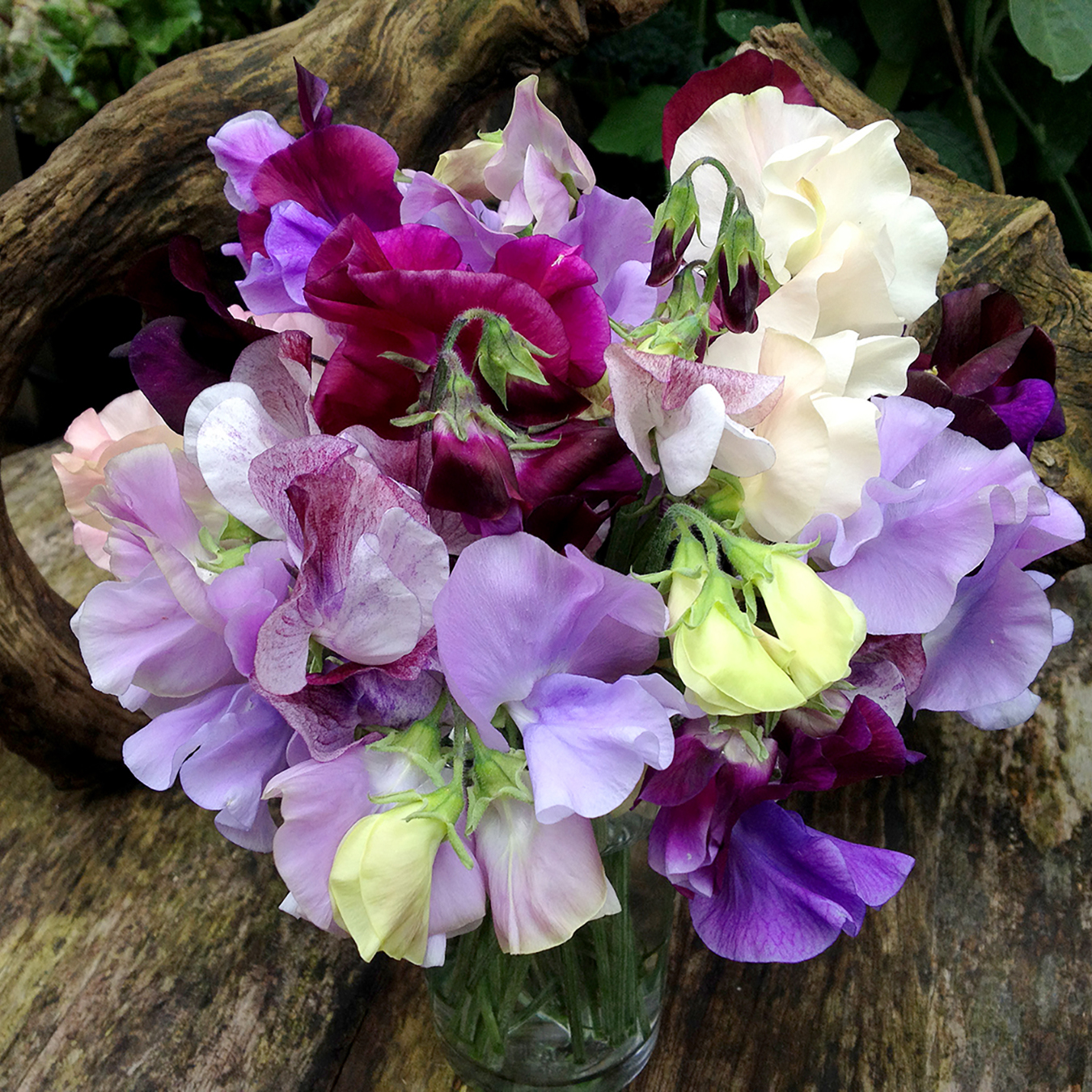Three unseasonably warm days in February jump-started spring this year, bringing blossom and birdsong when last year we were still held firmly in the grip of the Beast from the East. Those three warm days, however, were followed by three weeks of back-to-back storms that brought high winds, downed trees, and restless nights. And then we hit a patch of middling grey. No rain, no wind, just flat grey for yet another week.
Overcast days can suck the life out of gardens, but there are some plants that fight back with a seemingly internal light. One such plant is Prunus ‘Accolade,’ an incredibly early flowering ornamental cherry that even kicks out the occasional bloom in deep winter. The specimen in the garden I tend for work has been the object of my fascination this past week as it has begun to bloom in earnest. This tree is planted on a slope in an area we call the wild garden, and its unique position means I can easily get underneath to stare up into its blooms, offset by dark yew behind.
Prunus ‘Accolade’ is a hybrid cross between Prunus sargentii, a species cherry that offers something interesting in all seasons, and the small, winter-flowering Prunus x subhirtella. Majestic Trees describes ‘Accolade’ as “breathtakingly luminous on the dull days of March,” and having been through a run of just such days I could not agree more. This tree glows. Even next to other beloved cherries, such as Prunus x yedoensis, which was the first tree I planted at my farm, ‘Accolade’ has something special.
The color of the blossoms ranges from soft pink to white, depending on the age of the flower, and it never steps over the line into lurid as some cherries can. Viewed from below on an overcast grey day, the lighter blossoms blend into the sky in a captivating visual trick.
The evening after taking these pictures I was reading Dan Pearson’s recent book, Natural Selection (Guardian, 2017), in which he wrote:
What I like about writing is the act of capturing the process of gardening, of distilling these experiences into words. Some thoughts draw to conclusions and are satisfying as a result, but others are equally interesting for remaining in flux. The writing might interrogate a colour, a feeling or a place. It might capture a moment that I know will only happen once, perfection existing for minutes and then passing: the experience of standing under a cherry when the very first blooms are opening, or the perfume of a solitary lily. Writing helps to keep these experiences present and alive and in the memory.
Well, this year I’ve stood spellbound under ‘Accolade’ as she opened her first buds, and I don’t think I will forget this tree any time soon. It provided my first transcendental gardening moment of the new year, fittingly on the first week of spring, and it is all the more appreciated because I know it is already almost over. When I left work on Friday the cherry petals were beginning to carpet the lawn, and by Monday there may be more on the ground that overhead. But for those few days, ‘Accolade’ was perfection.
